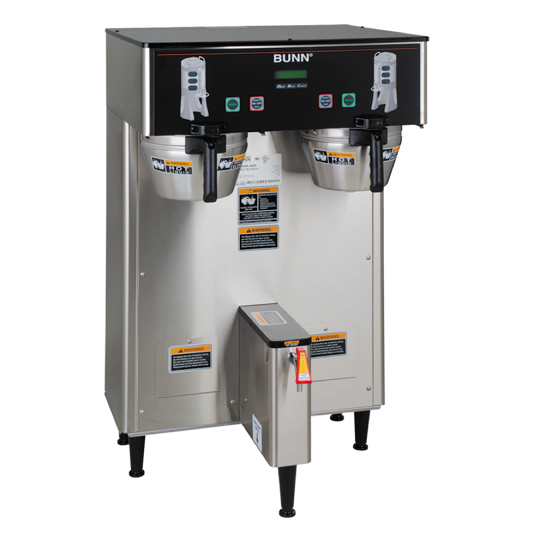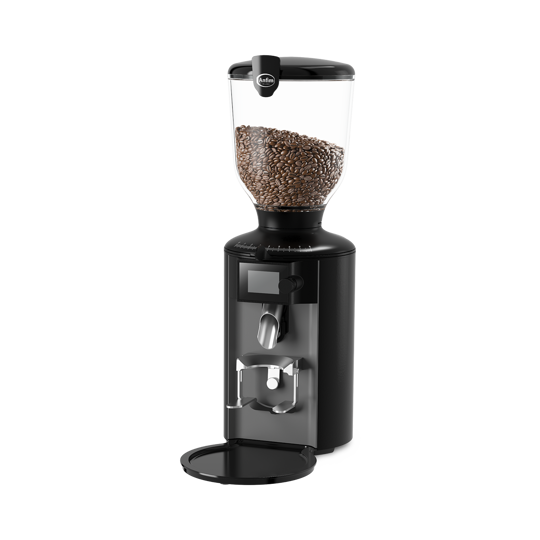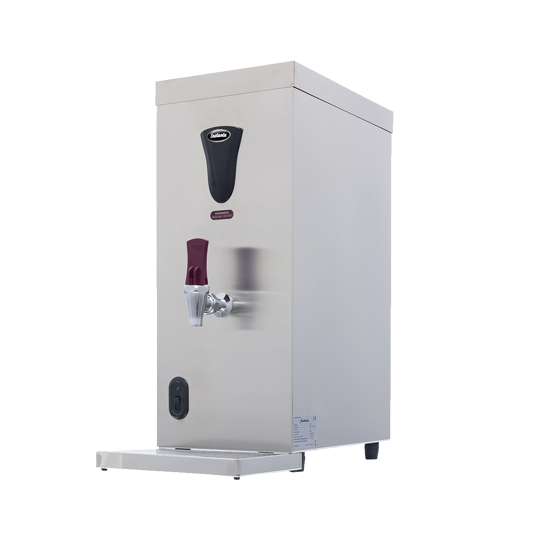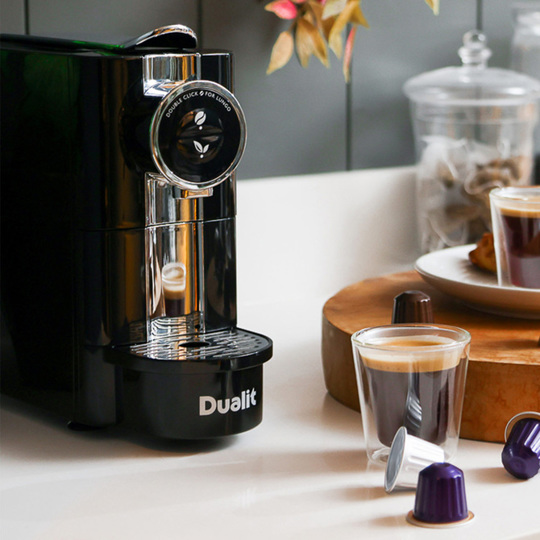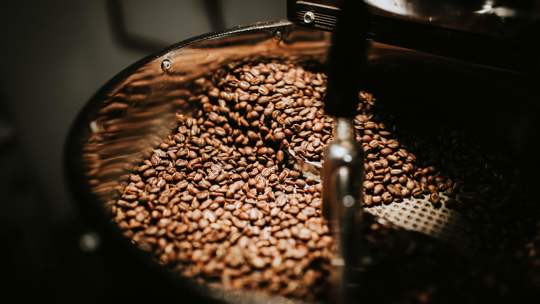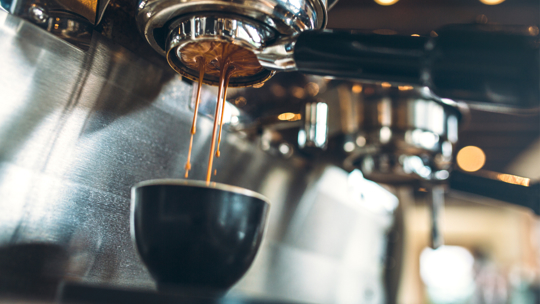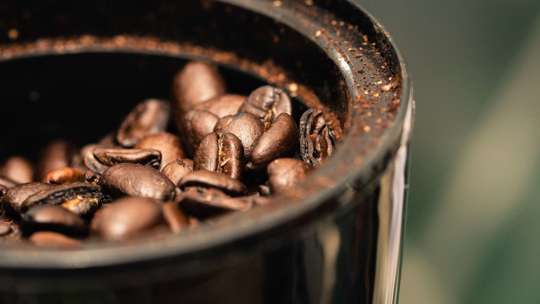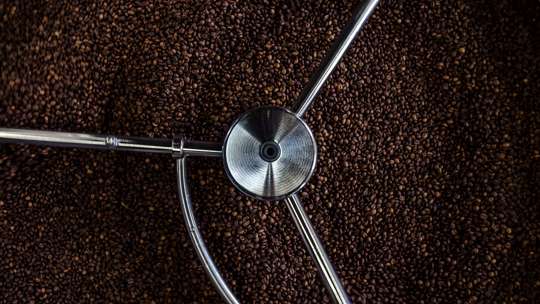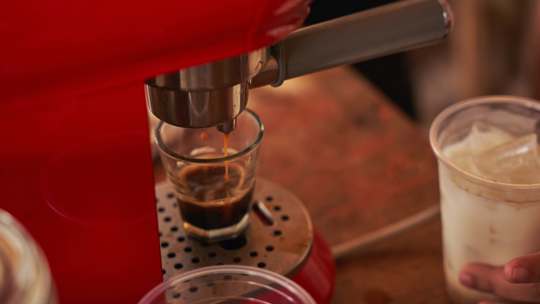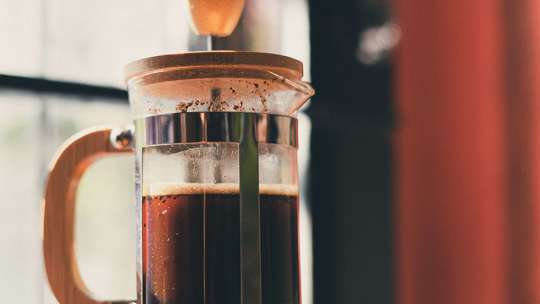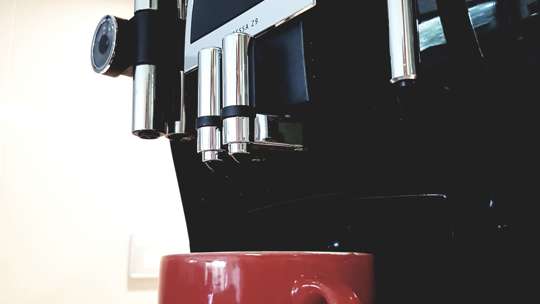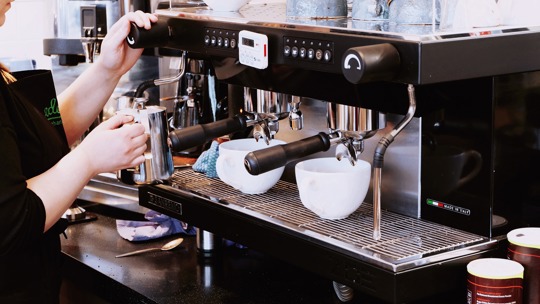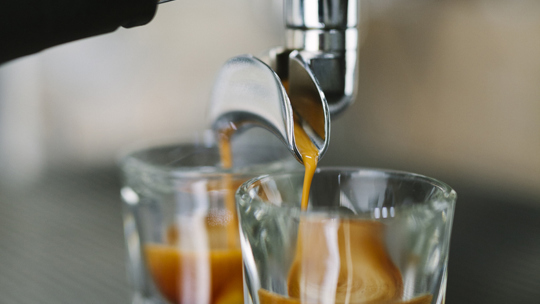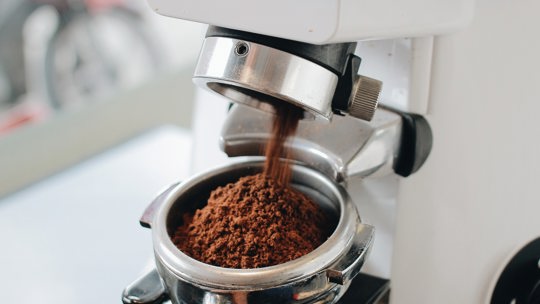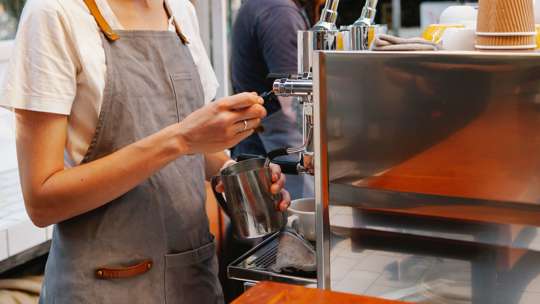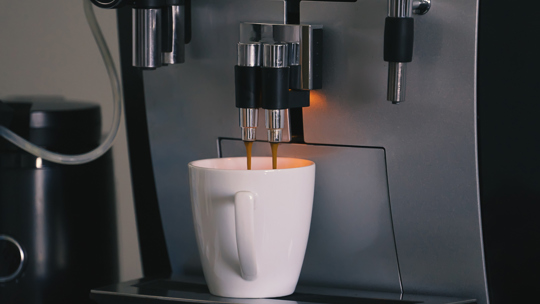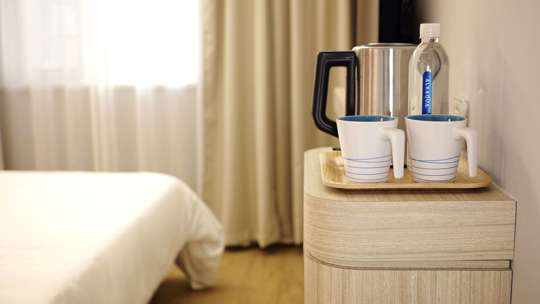

Automatic Vs Semi-Automatic Coffee Machines
Find out about the differences between Automatic Vs Semi-Automatic Coffee Machines.
View Our ShopChoosing the right commercial coffee machine can transform the consistency, quality, and efficiency of your coffee service. Automatic (or super-automatic) machines are fully integrated, one-touch systems that grind, brew, and steam milk automatically. These kinds of machines are ideal for offices, hotels, and self-serve environments where simplicity and speed are key.
In contrast, semi-automatic machines give baristas more control, requiring the user to start and stop the pump manually, making them perfect for speciality cafés where skill and precision are all part of the craft. For restaurants, the best choice depends on staff training and volume. A semi-auto may suit a trained team, while an automatic machine ensures consistency across shifts.
If you’re considering a new commercial coffee machine for your business, below we’re going to break down the differences between automatic vs semi-automatic coffee machines and help you find the best choice for your business!
What is a Semi-Automatic Espresso Machine?
A semi-automatic espresso machine is the preferred choice for most coffee shops. This type of machine gives the barista hands-on control over the brewing process while automating key functions like water pressure and temperature. With a semi-auto, the barista is responsible for grinding the coffee (using a separate grinder), dosing, tamping, starting the shot, and stopping it at the right time, as well as manually steaming and texturing the milk.
These machines typically include a portafilter, steam wand, brew group, and programmable buttons, but lack an integrated grinder or automatic milk system. Put simply, it’s a craft-led approach that prioritises skill and precision.
Pros:
-
Ultimate control over extraction, grind, and milk: perfect for fine-tuning flavours
-
Adds visual appeal and authenticity to the café experience
-
Easier to repair or upgrade individual components (e.g. grinders, steam wands)
Cons:
-
Requires training and experience to use properly
-
Inconsistent results if baristas vary in skill or rush during busy periods
-
Higher staffing costs, as more expertise (and time) is needed per cup
Semi-automatic coffee machines are ideal for cafés that value craftsmanship, flexibility, and quality, and have the staff to support it.
What is an Automatic (Bean-to-Cup) Machine?
An automatic coffee machine, often referred to as a bean-to-cup (or super-automatic machine), is a fully integrated system that grinds, doses, brews, and often steams milk at the touch of a button. These machines come with a built-in grinder, internal brew unit, and customisable drink settings, making them ideal for offices, hotels, breakfast service, and self-serve environments where speed and consistency matter. Most models also feature automated cleaning cycles, auto-rinsing, and optional fresh milk systems for added convenience.
In everyday use, “fully automatic” and “super-automatic” are often used interchangeably. While some brands use the term “super-automatic” to highlight built-in milk frothing systems or touchscreens, the reality is that both automate grinding, dosing, extraction, and often milk preparation, removing the need for barista involvement.
Pros:
-
Fast and consistent, perfect for high-volume or multi-user settings
-
Requires minimal training: one-touch operation delivers quality results
-
Includes automated cleaning and maintenance routines to save time
Cons:
-
Offers limited control over extraction or milk texture
-
Contains more complex internal components, which can be harder or more expensive to service
-
Maintenance and repairs may require specialist support, depending on the brand
Automatic bean-to-cup machines are best for operations that prioritise efficiency, ease of use, and reliability, especially where coffee quality needs to stay consistent across shifts or users.
Key Differences
Quality vs. consistency
Semi-automatic machines reward skilled baristas with more control over flavour, grind adjustments, and milk texture. This means you can fine-tune each drink for quality.
Automatic machines, on the other hand, prioritise consistency under pressure, delivering the same drink every time: perfect for multi-user or self-service environments.
Throughput & queues
In busy settings like hotel breakfast service or large offices, speed matters most. Push-button operation from a bean-to-cup machine allows fast, efficient service with minimal queues. However, in a speciality café, where customers expect a more crafted drink and are happy to wait a little longer, a semi-automatic setup supports that hands-on approach.
Training & staffing
Semi-automatic machines require staff to understand espresso fundamentals: grind size, tamping pressure, extraction timing, and milk technique. This means more training and consistency monitoring, especially in high-turnover environments. Automatic machines are ideal for rotating staff, low-skill teams, or unattended stations, as they require minimal user input once programmed.
Cleaning & hygiene
Automatic machines typically include built-in rinse and cleaning cycles, including milk line purges and descaling reminders, making daily hygiene easier to manage. Semi-automatics need more hands-on cleaning, such as backflushing, grouphead cleaning, and thorough maintenance of steam wands to meet hygiene standards.
Cost of ownership
With semi-automatic machines, initial investment may be lower, and parts are often more modular and serviceable, especially when paired with a separate grinder. Automatic machines tend to have higher upfront costs or monthly lease fees, but often include maintenance packages. Consider cleaning products, milk line cleaners, and service intervals when evaluating long-term cost.
Which is Best for Your Business?
Choosing the right machine depends entirely on your environment, service style, and team setup. It’s all well and good wanting the professional cups served by trained baristas, but if you simply don’t have the capacity for this kind of service, it can actually be a detriment to you. Below we’ve included a quick guide to help you decide:
Hotels & conference venues
For breakfast service, guest lounges, or self-serve stations, an automatic bean-to-cup machine is the best choice. It offers speed, consistency, and ease of use, even with minimal staff interaction.
Restaurants & bars
If your team isn’t trained in coffee, an automatic machine makes it easy to serve quality espresso with dessert or after-dinner drinks. But if you want to offer latte art, café-style drinks, or table-side theatre, a semi-automatic setup brings that barista-crafted experience to life.
Offices & workplaces
For staff kitchens, meeting rooms, or reception areas, an automatic bean-to-cup machine ensures hygiene, simplicity, and reliability throughout the day, with minimal need for staff training.
Independent cafés/speciality coffee
If your focus is on craft, flavour, and brand identity, a semi-automatic machine is the industry standard. It allows baristas to showcase their skill and deliver unrivalled quality. If staff turnover is high and your menu is more straightforward, an automatic machine may help streamline service.
Browse Our Machines
At Café Du Monde, we supply both semi-automatic and automatic coffee machines, along with professional advice and aftercare support to help you choose what’s right for your operation. Whether you're running a high-end café or managing breakfast service in a busy hotel, we’ll help you match the right machine to your space, staffing, and service needs.
To take a closer look at our machines, please head to our shop. Alternatively, for more information, please get in touch for any specialist assistance when choosing the right machine for you.
Discover Our Other Guides
Our Range Of Coffee Machines
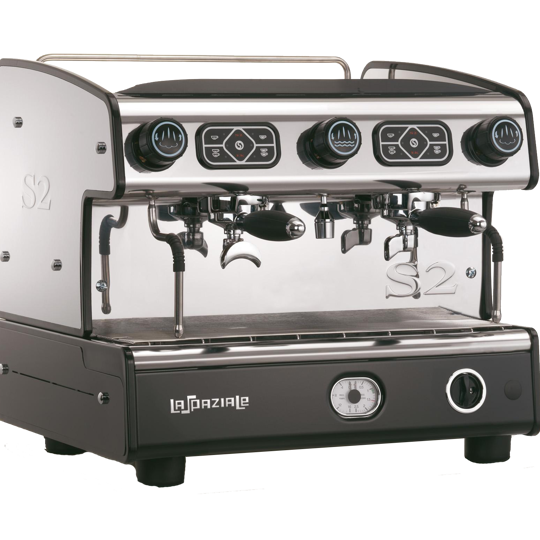
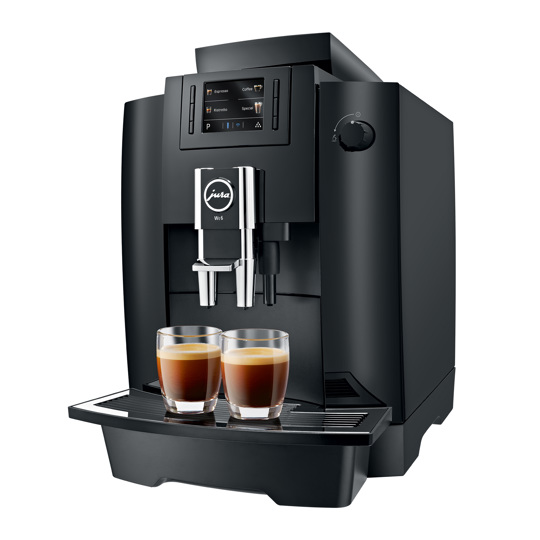
Bean To Cup Machines
Browse our wide range of commercial bean to cup coffee machines and shop online today.
View